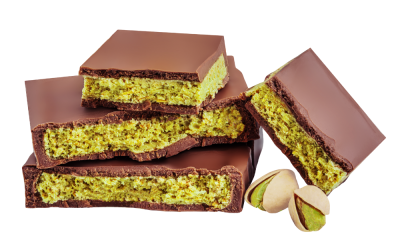This is part two in a two-part series. You can read part one here.
In part one of this two-part series on using infographics for promoting eCommerce businesses, we discussed the whys of infographics, like how easily they teach visual learners, how well they share and can spread like wildfire. In part two, we’re going to help you maximize your infographic potential.
Infographics can be costly to create, causing some small- to medium-sized businesses to pause when considering them as a marketing option. However, your investment can easily return many times if your infographic is well-planned and placed.
These tips can help you get started down the path to success with infographic marketing:
Keep it simple. Your infographic should be an at-a-glance representation of the information you’re interested in presenting to your audience, not a picture with a bunch of words plastered on top of it. Distill your message until it’s loud and clear, and pick out the most important parts for your infographic. A few choice facts presented graphically will have a much bigger impact than a cluttered and overwhelming field of information.
Do some problem solving. Although infographics can be used to represent statistics, another effective use is to break down a complex problem into a simple step-by-step solution. For example, if you’re trying to explain to your market how to choose a particular shape of umbrella for certain types of weather, a visual aid can be handy for walking through the process. This approach also works for complicated processes like registering a product for warranty coverage or ordering manufacturer-approved aftermarket parts.
Choose colors carefully. As much as you may love the color orange, if it doesn’t fit with the tone of the infographic or your site, you shouldn’t insist your designer make the whole thing that color. The colors and design of your infographic are arguably more important than the words you choose because that’s what your site visitors will see first. If you want your infographic to create a buzz, the message and the colors must be consistent and pleasing to the eye.
Don’t forget branding. Just because it’s an infographic doesn’t mean you can’t brand it. Make sure your logo is loud and proud and prominently displayed somewhere in the visible space of the design. You want your visitors to recognize your logo among the rest of the visuals so that visitors who are coming for the first time off of social shares will know they’re in the right place. A little branding can go a long way in eCommerce order fulfillment when it’s done strategically on a good infographic.
Your infographics can be amazing marketing tools with careful planning and execution. The key is to focus on your message and really distill it to the basic parts and then choose every part of the infographic intentionally for biggest impact. They can be a bit costly and quite involved to create, but the return on all that time and investment will be substantial for your eCommerce business if your infographic is impactful.









